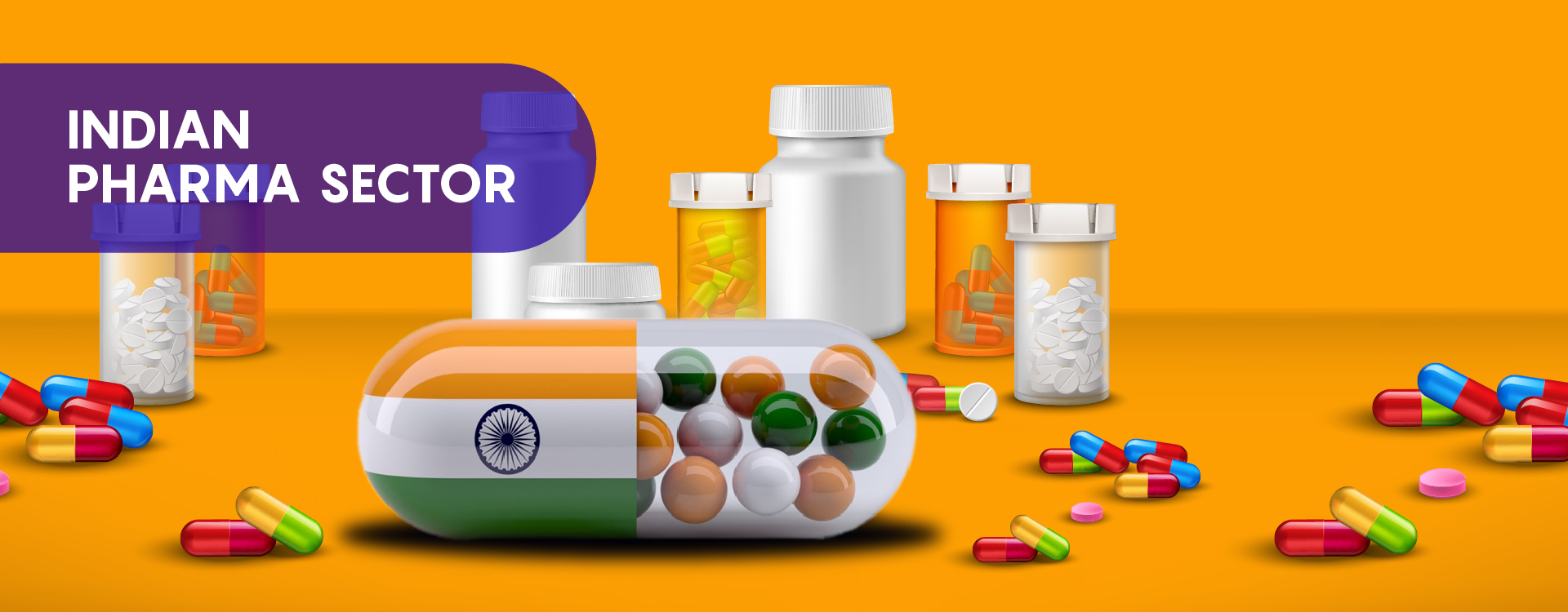In order to facilitate trade in the country, the government is continuously working to reduce the legal burden on the Indian pharmaceutical industry. At the inaugural meeting of The India Pharma 2021 and India Medical Devices 2021 programmes, the Minister of Chemicals and Fertilizers DV Sadananda Gowda pointed out that the domestic pharmaceutical industry could reach a trading volume of $130 billion by 2030.
The motive for this year’s India Pharma programme is “Indian Pharma Industry: Future is Now” and for India Medical Device is “India MedTech Future: Innovate & Make in India by Global Alliance” (ANI).
To accomplish the de facto vision 2030, businesses, stakeholders, and the government must accelerate global health planning by acquiring quality and affordable medicines segments. The Indian pharma industry and its stakeholders need to become the world’s largest and most trusted pharmaceutical sector to grow to the estimated values of between $ 120 billion to $ 130 billion by 2030 and benefit society simultaneously.
Easing the way of doing Business- Indian Pharma Industry leads the way
India is now at the 79th position in facilitating businesses, up from 145th rank previously. In the pharmaceutical sector, the country’s ranking has risen to 63. It is, therefore, clear that reforms are underway in the entire vertical of the industry. Many pharmaceutical industry players have called on the government to further liberalise the regulatory system, especially among drug and medication processes.
India serves over 200 countries and territories as its pharmaceuticals clients. This relationship will continue to grow in value, effectively giving the advantage of increased growth opportunities to businesses and start-ups.
‘‘
Under the charge of Prime Minister Narendra Modi, the government strives to intensify the ease of doing business in the country. The vigorous effort is on to reduce the regulatory compliance burden on the (pharma) industry.
- D. V. Sadananda Gowda, Minister of Chemicals and Fertilizers
Indian Pharma Industry’s Commitment to fight COVID globally
On the brighter side, this development has forced the industry to provide better medical care to the public. The COVID-19 pandemic showed the weaknesses of the global supply chain in the pharmaceutical industry. To measure this, the Department of Pharmaceuticals under the Government of India has launched an extensive PLI, or Production Linked Incentive, programme for drugs, pharmaceuticals, and treatment machines with an expenditure of Rs 6,940 crore over five years.
The government has already begun approval applications of incentives worth Rs 6,564 crore. The Cabinet has also passed another PLI scheme for the pharma sector with Rs 15,000 crore. The government seeks to build national capacity for high-value products such as biomedicine, complex generics and gene therapy drugs.
In the future, India could become a global supplier of APIs (Active Pharmaceutical Ingredient), ASMs and intermediaries. Plans for a massive park for medicines and medical supplies are being laid out for around Rs 3,400 crore to make the vision of Aatmanirbhar Bharat (self-sufficient India) a reality.
Government Schemes to boost the growth of the Indian Pharma Industry
The Ministry of Chemicals and Fertilizers wants the pharma industry to participate in government projects such as Ayushman Bharat Yojana and Pradhan Mantri Bhartiya Janaushadhi Pariyojana. The government has supported and appreciated the role of the pharmaceutical industry during the COVID-19 pandemic. Their combined efforts and initiatives gained international recognition and helped create health harmony and glory around the world.
The Department of Pharmaceuticals, Ministry of Chemicals & Fertilizers, collectively with FICCI and Invest India, organised the 6th edition of the year-long plans on the Pharmaceuticals and Medical Device division – “India Pharma & India Medical Device 2021” on February 25-26 and March 1-2, 2021.
How can India’s new, emerging and existing pharma businesses benefit from the current scenario?
The Indian pharmaceutical industry is entering the next stage of its development. This critical issue requires greater cooperation between pharmaceutical companies, governments and regulators. Collaboration is necessary to make a viable growth ecosystem. Only then can government intervention and the efforts and advice of pharmaceutical companies be joined together to help the industry achieve its vision for 2030.
The government can be a crucial enabler to achieve this through strategic interventions such as increasing healthcare expenditure from approximately 1 per cent to 2.5 per cent GDP share by 2025, and even 5 per cent by 2030, in concurrence with the other advanced markets in Europe and North America. And start-ups should certainly keep a keen eye out for immense growth opportunities in this entire process to reap benefits while delivering innovative solutions.




